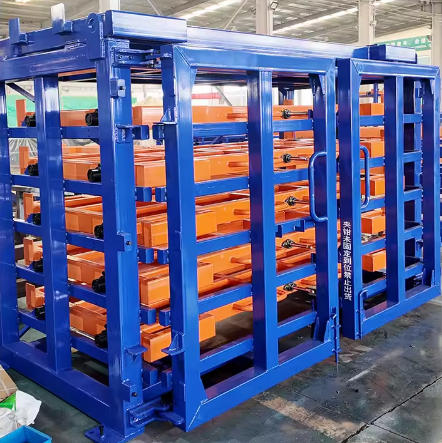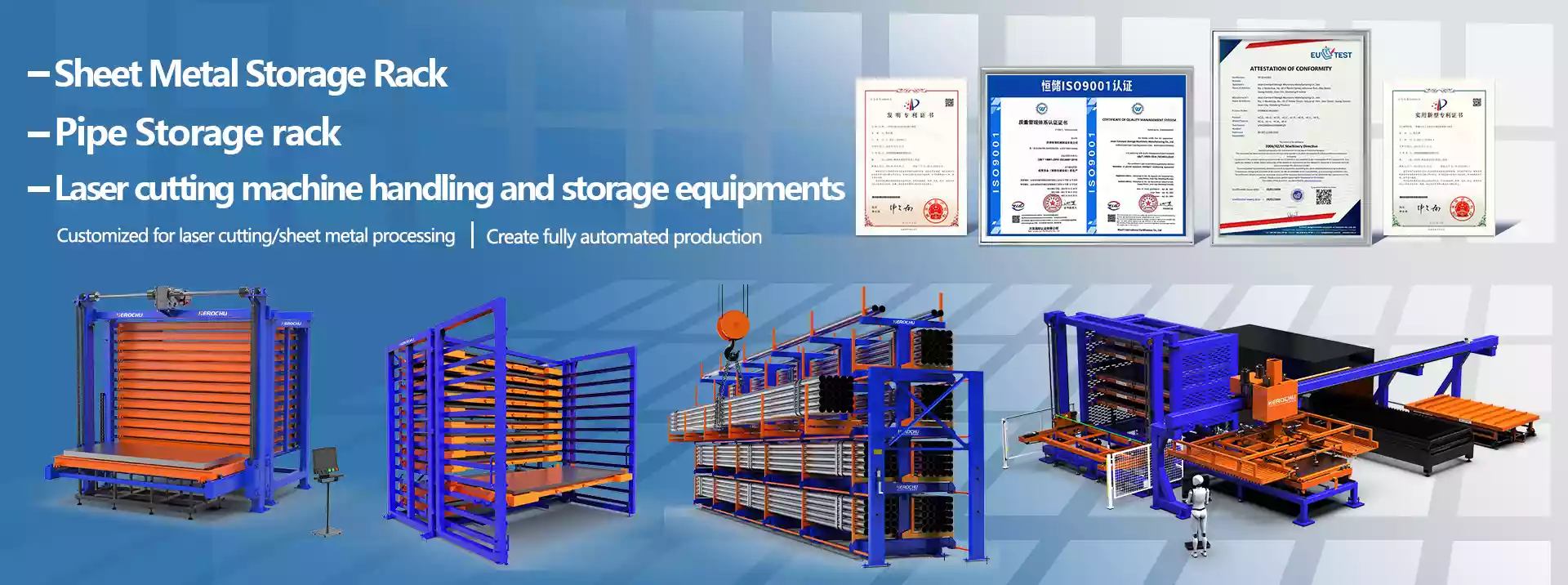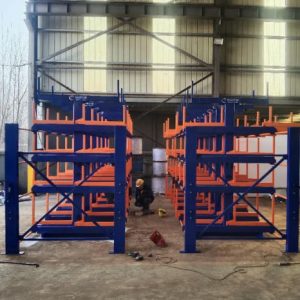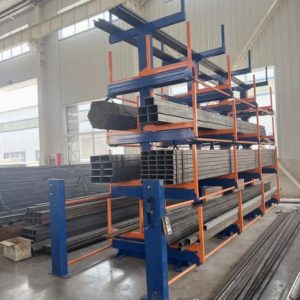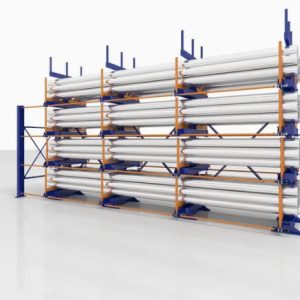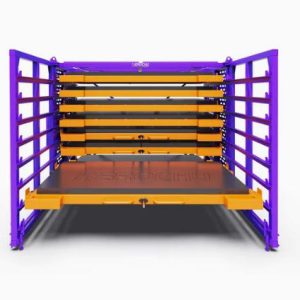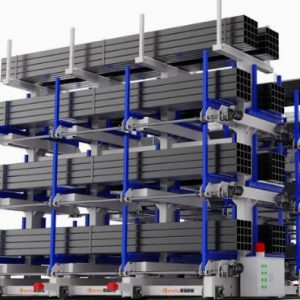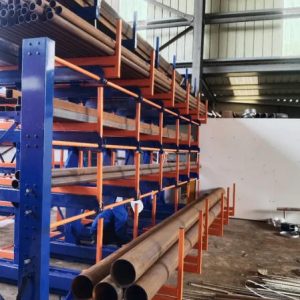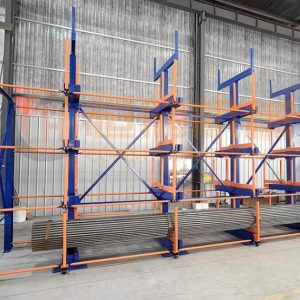Herochu Roll-Out Sheet-Metal Towers turn the costliest thirty minutes of your day—the material hunt—into a ninety-second stroll. Instead of stacking plates on the floor like pancakes and hoping the forklift doesn’t scar the top sheet, you slot every gauge, every alloy, every leftover into its own ball-bearing drawer. Pull the handle, the shelf glides out, you lift one plate with a suction lifter, and the laser is cutting before the kettle finishes boiling. No second operator, no crane queue, no scratched stainless destined for the scrap bin.
The math is brutally simple. A million-dollar fiber laser burns roughly three hundred dollars an hour when it’s idle. One unnecessary hunt per day erases seventy-five grand of revenue in a calendar year—money you never see again. Replace that hunt with a Herochu tower and shops of comparable size report machine uptime jumps of twenty percent within the first quarter. The tower pays for itself in eight to eleven months, then keeps paying for the rest of its life.
Damage disappears because nothing touches anything else. Each drawer is a steel tray divided by replaceable rubber-composite tabs that grip the edge and keep the sheets upright. The weight of the stack no longer crushes the bottom plate, and the claws of a forklift no longer skate across brushed finishes. Yield audits show scrap rates falling by up to three percent; on fifty tonnes of monthly throughput that is an extra thousand dollars of material you get to invoice instead of recycle.
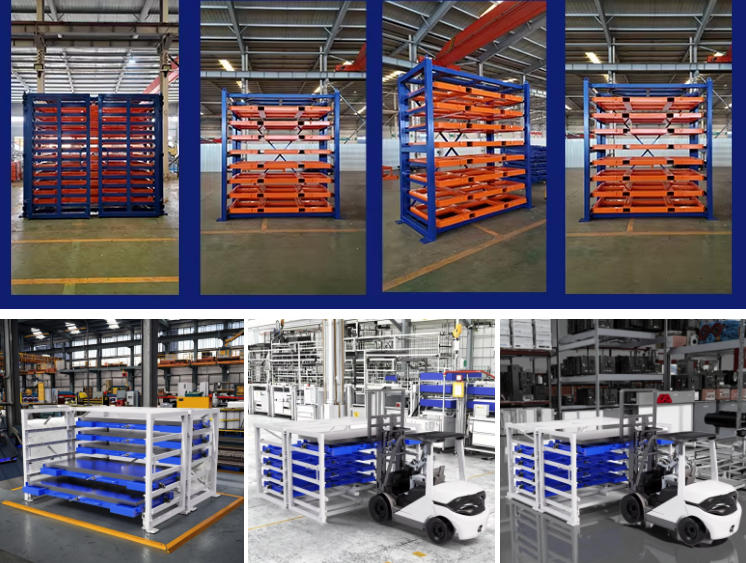
Floor space reappears the same day the installers tighten the last bolt. Sixty tonnes of plate traditionally eats two hundred square metres of valuable real estate. A six-metre-high Herochu system parks the same inventory in twenty-nine square metres, giving you back an area large enough for another laser, a welding robot, or simply wider aisles so your staff stop playing forklift Tetris. At today’s industrial lease rates the reclaimed square metres alone save more than eleven thousand dollars a year—before you do anything productive with them.
Every tower ships CE-marked, ISO 9001-certified, and engineered to Eurocode 3 steel standards. Bays bolt together in one-metre increments so you can start small and grow taller as volume rises. Drawers are rated two tonnes each and extend fully, meaning the bottom sheet is retrieved from the aisle, not from inside a deadly steel canyon. Optional side-loading trays let you store off-cuts vertically, keeping the footprint unchanged even when the scrap bin overflows.
Installation is a single-shift operation. Our crew levels the base rails, anchors to the slab, and certifies load plaques before your morning break is over. From that moment the tower becomes a silent employee who never calls in sick, never scratches a sheet, and never lets the laser wait for material again.
